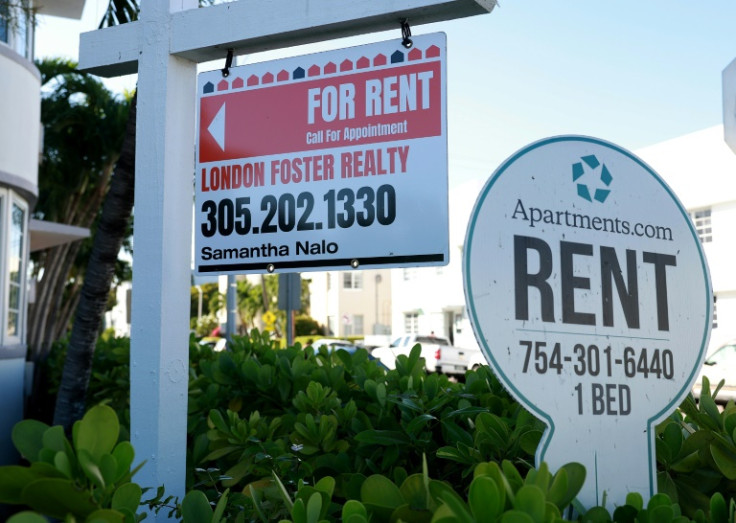US Inflation Eases In January But Kept High On Rent And Energy Costs

Rising rent and a gasoline price rebound helped keep US consumer prices elevated in January, according to government data released Tuesday, with the slight easing signaling that policymakers' battle is not over.
The US central bank has hiked interest rates rapidly in the past year to raise borrowing costs and cool demand in the world's biggest economy, as inflation skyrocketed.
But even as the consumer price index (CPI), an important inflation gauge, eases from last year's decades-high levels, the numbers point to some stickier areas.
With the effects of policy rippling through the economy, the CPI rose 6.4 percent in January from a year ago, according to Labor Department data. This was a touch below December's figure and the smallest annual increase since October 2021.
But it remains significantly above policymakers' two percent target.
From December to January, CPI rose 0.5 percent, picking up from 0.1 percent in December and signaling the Fed has some way to go to rein in costs.
"The index for shelter was by far the largest contributor... accounting for nearly half of the monthly all items increase," according to the report.
The indexes for food and gasoline also contributed, the report added.
Excluding the volatile food and energy components, the so-called core CPI rose 5.6 percent from January 2022, also the smallest increase in around a year.
The annual changes in overall inflation and services inflation excluding volatile components and housing "showed only modest improvement," said Rubeela Farooqi, chief US economist at High Frequency Economics.
"For Fed officials, a slow grind down in inflation only supports the higher-for-longer view on interest rates," she warned.
While overall prices have been slowing, the easing in core inflation has been more uneven, Farooqi earlier noted.
Prices of goods have eased as supply chains untangle but a strong labor market supports incomes and, in turn, demand.
The core figure has been fluctuating in the past months, falling to 5.9 percent in June before rising to 6.6 percent in September and slipping again.
"You don't want to make too much out of a single month. It's like making a mountain out of an ant hill," warned Ryan Sweet of Oxford Economics. He noted that supply chain stress and energy prices can move the needle on monthly CPI.
"Some stickier components are what we'll be paying more attention to, for example rents," he told AFP.
He believes that rental costs "won't peak until the second half of this year," while wage growth remains robust and there is still pent-up demand for services spending.
"During the pandemic, people shifted their spending away from services because they couldn't go out to restaurants, bars, sporting events," he said.
With Covid-19 restrictions easing, people are now turning back to services, which make up the bulk of consumer spending, Sweet said.
While goods inflation will continue in the coming months, it will take a significant amount to offset services inflation that is in the pipeline.
Meanwhile, analysts believe the Federal Reserve is closely eying the cost of services excluding housing, food and energy.
"Policymakers have more work to do in lowering inflation back towards target and are likely to continue lifting rates and will keep policy restrictive for some time," Farooqi said.
On Monday, Fed Governor Michelle Bowman warned in a speech that it would likely be "necessary to further tighten monetary policy to bring inflation down toward our goal."
She added that, with the economic outlook remaining uncertain, "I expect that we will continue to be surprised by economic and geopolitical developments and by the incoming data."

© Copyright AFP 2024. All rights reserved.




















